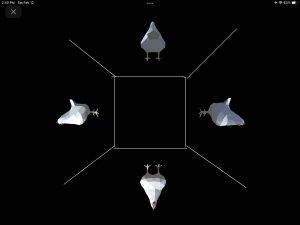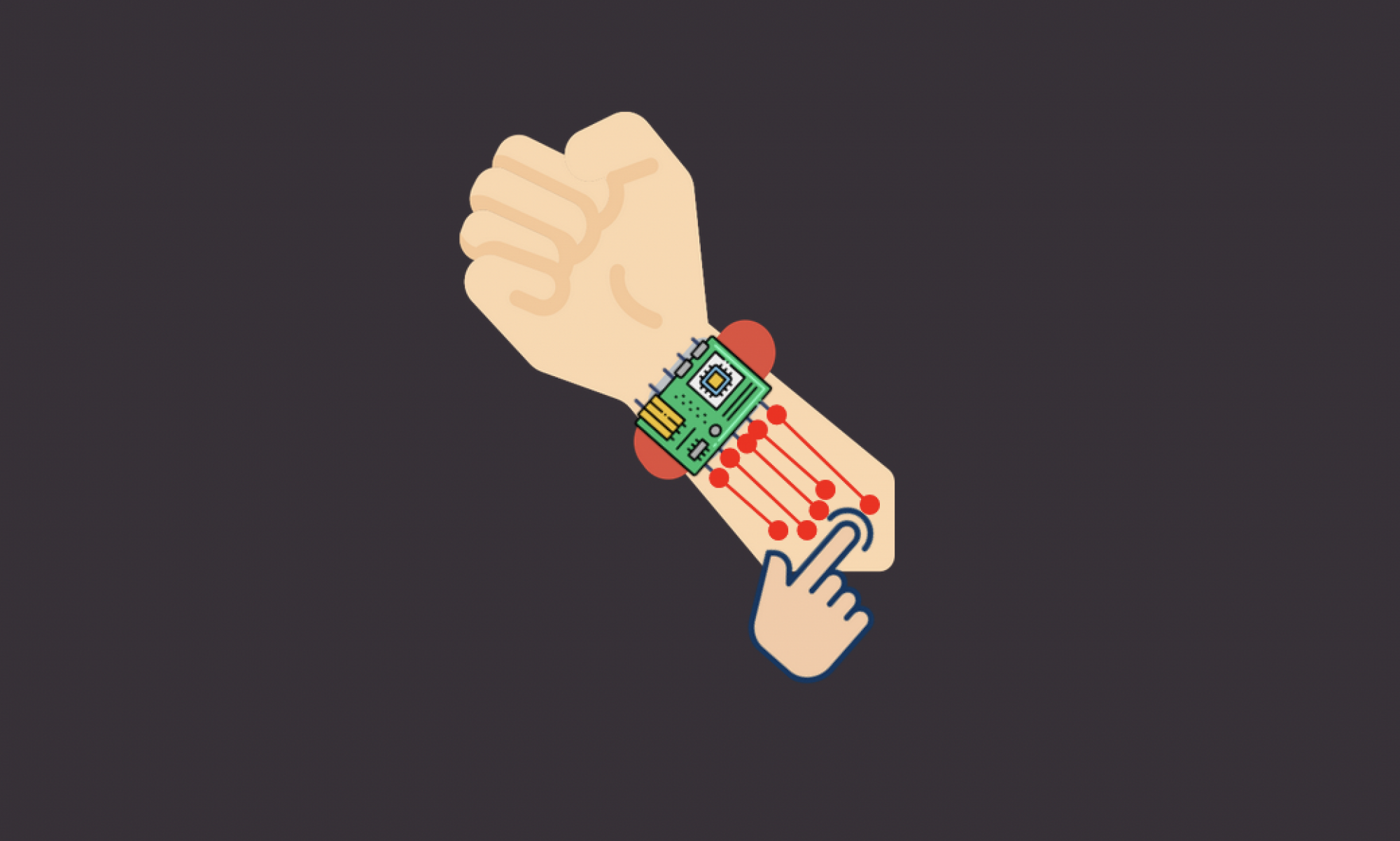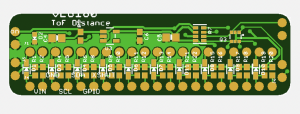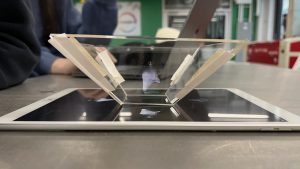This past week I worked on making the proposal slides with my team and I presented it during the proposal review. We got back feedback from our classmates and TA’s. One of the feedback was thinking about how we were going to implement the hologram visual portion of our project.
Thus for the latter part of the project, I worked on Unity to create the layout of the hologram. In order to project a hologram onto our plexiglass pyramid, we needed to place four perspectives of a 3d model around the base of the plexiglass pyramid. My main responsibility was to use Unity to create the four perspective view of a random 3 model and then export it to the web using Webgl. I placed a photo of the unity scene when it is running below. The white lines are drawn in by me to illustrate how the pyramid would be placed in respect to this view.

I exported the Unity scene onto a web browser so we can place the pyramid on top of my ipad (which holds now the link to the unity scene with the four views of a model). Edward and I helped Anushka in laser cutting the pyramid plexiglass she designed. An image of a basic hologram model that we completed is on our team status report page for this week.





